‘Forbidden Japan’, Through the Eyes of Irina Ionesco
In this book, the photographer gets up close to the naked, tattooed forms of the ‘yakuza’ and the eroticised body of an underground artist.
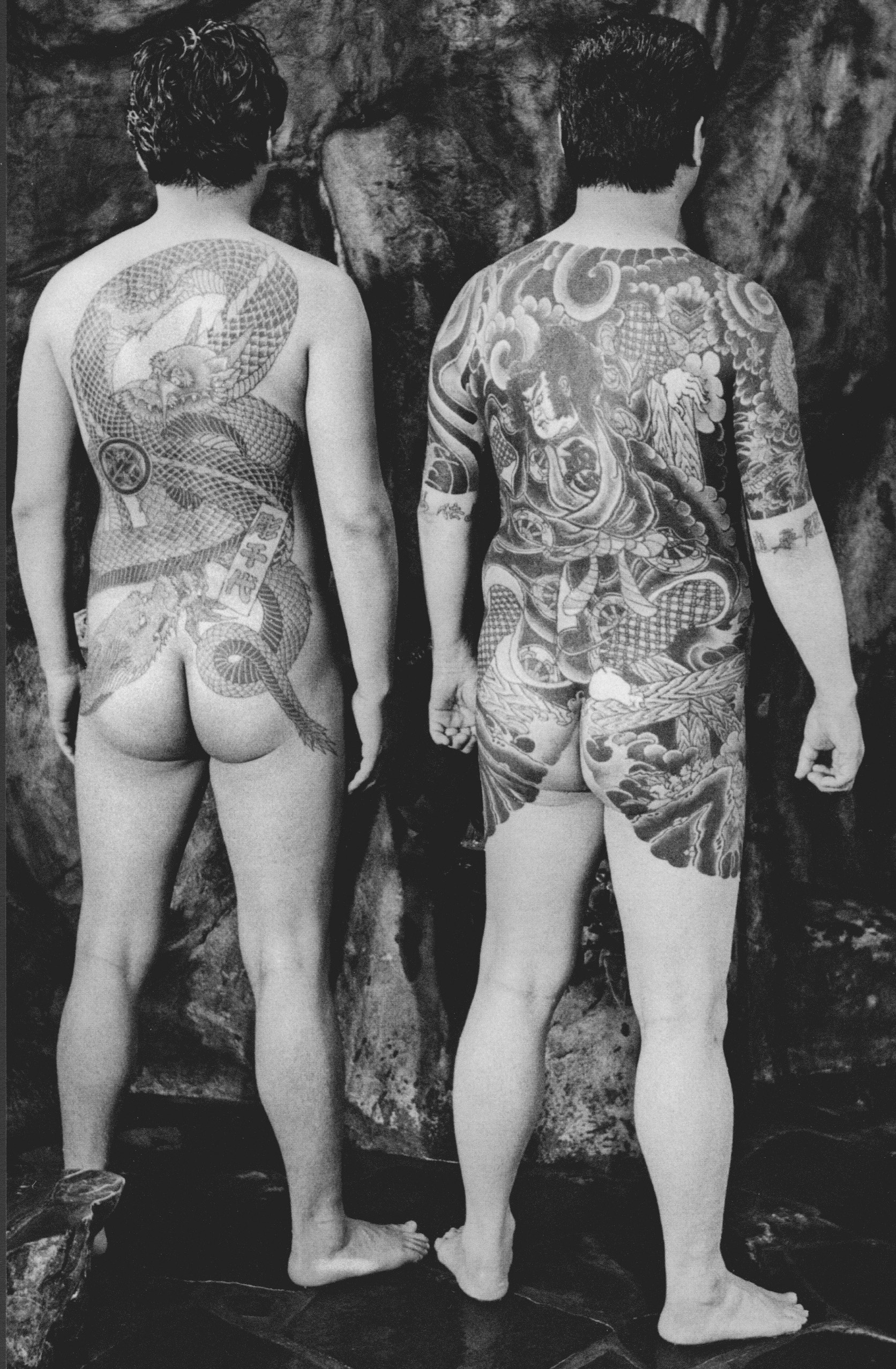
© Irina Ionesco - Arts Galerie Benchaieb
Le Japon interdit (‘Forbidden Japan’) by Irina Ionesco encompasses several worlds. The first is that of photography, meticulous and precise, but also free and in which naked or half-naked bodies are sublimated. The second is that of the yakuza, which she photographed in an afternoon, in a hotel in a small provincial town in Japan, and third is that of Romantica, an artist on the Tokyo underground scene. The book is divided into two opposing but complementary parts, with one constant: the body is presented for readers to see, powerful and magnified. On the one hand is the masculine world of the yakuza, and on the other is the almost boudoir setting occupied by Romantica.
Irina Ionesco is a French photographer who was born in Paris in 1935. She is primarily known for her photographs of women—dressed in few garments, the sole accessories to their nudity and often eroticised—but is also a fashion photographer for the press.
Yakuza laid bare
In the Western reading direction, the reader discovers the series Tatouage Yakuza (‘Yakuza Tattoos’), created by Irina Ionesco in 1996. While visiting Tokyo to attend a series of conferences and set up an exhibition, her Japanese publisher put her in contact with a mafia clan. Thus, she headed to the Japanese countryside one Sunday to a location that has remained secret, where she met with yakuza members who had hired out a hotel with onsen for the photography session. The images, exclusively in black and white, an essential condition set out by yakuza chief Oyabun, present naked bodies adorned with nothing but tattoos and ostentatious jewellery. Close-ups of the inked pieces covering the back, torso, and part of the legs are followed by wider shots in which the reader sees the group members, their faces visible and perfectly recognisable.
In the Japanese reading direction, the reader discovers the series Romantica, featuring an underground artist who appeared in Japan’s avant-garde theatres. While in Paris with her manager, she contacted Irina Ionesco, who then photographed her in the French capital before continuing her series in Japan. This part again features the naked body, sometimes covered with tulle and other times hidden from the eye slightly by a kimono.
The photographs in Le Japon interdit were exhibited before being compiled on glossy paper as part of an exhibition at a gallery on Rue Mazarine in Paris. Unique photographic prints are available to order from the Arts Galerie Benchaieb website.
Le Japon interdit (‘Forbidden Japan’) (2004), a book of photographs by Irina Ionesco, is published by Arts Galerie Benchaieb.
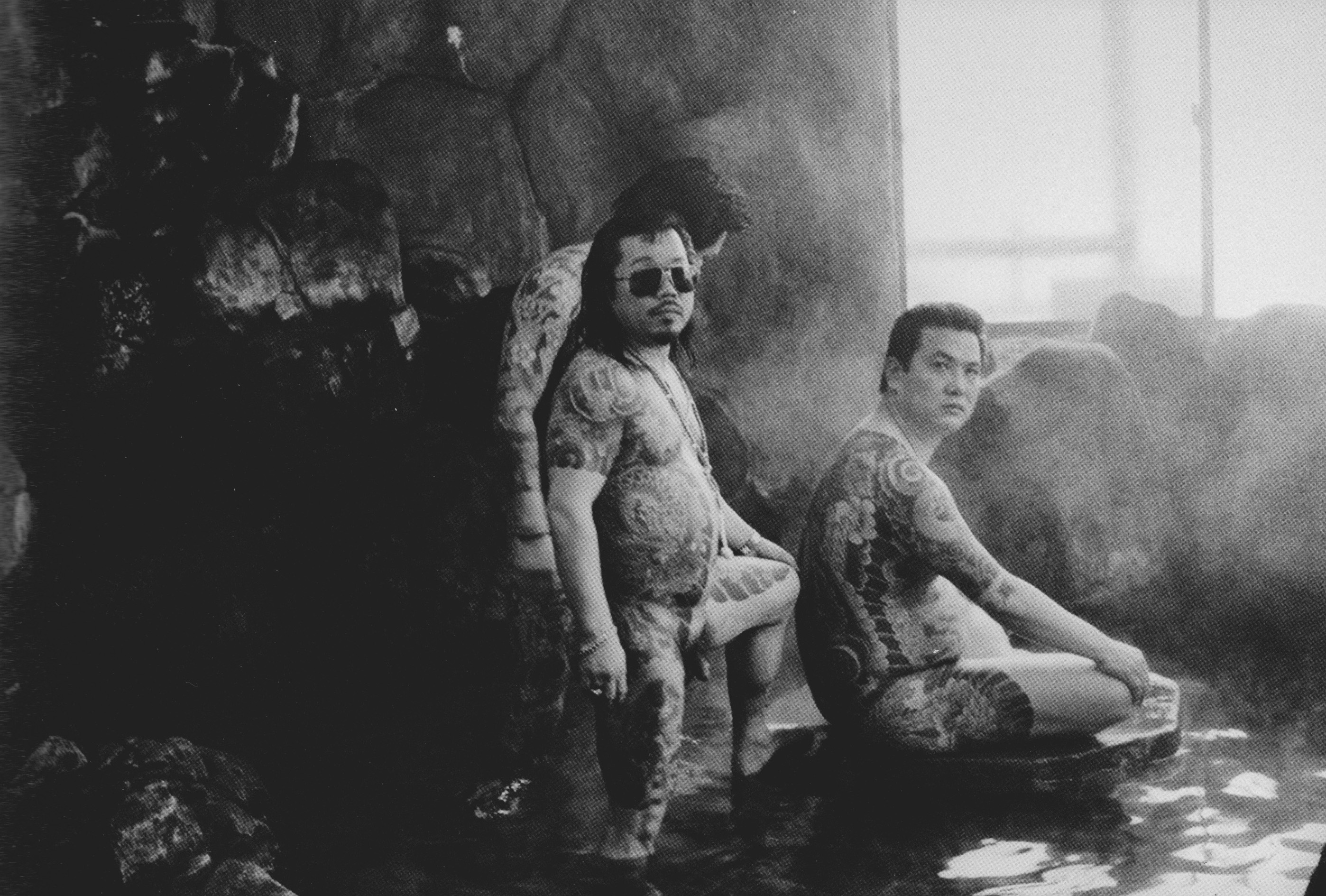
© Irina Ionesco - Arts Galerie Benchaieb
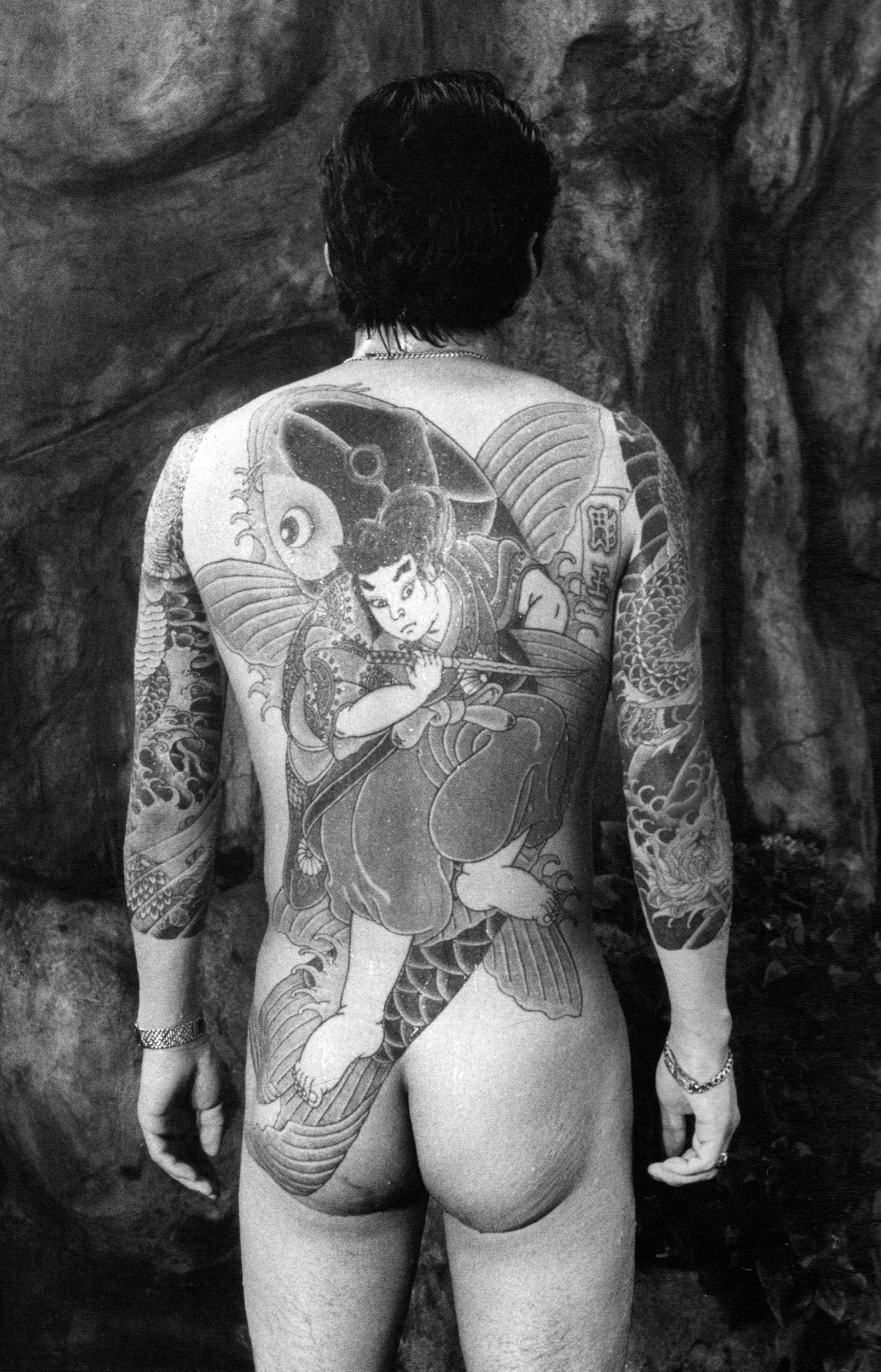
© Irina Ionesco - Arts Galerie Benchaieb
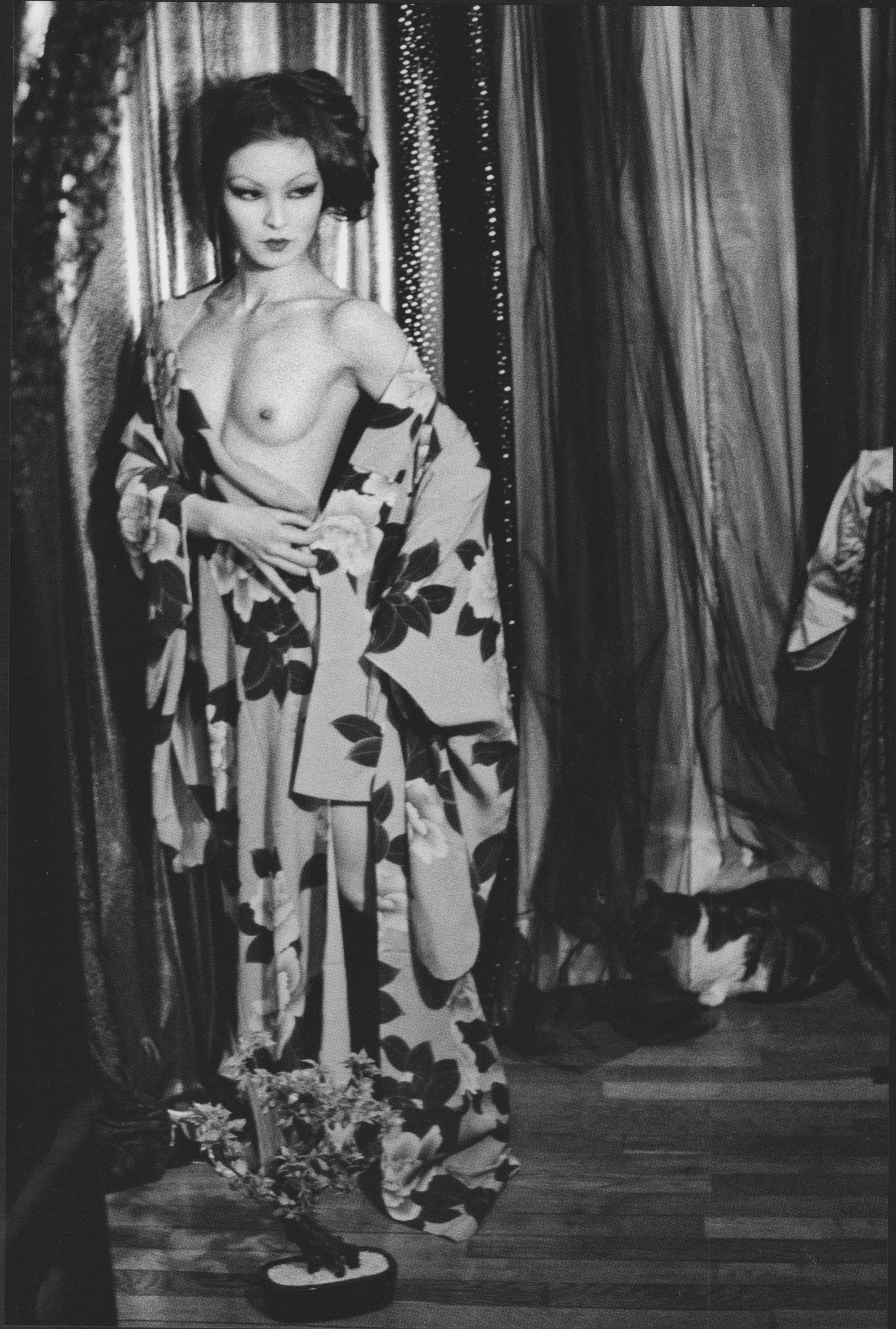
© Irina Ionesco - Arts Galerie Benchaieb
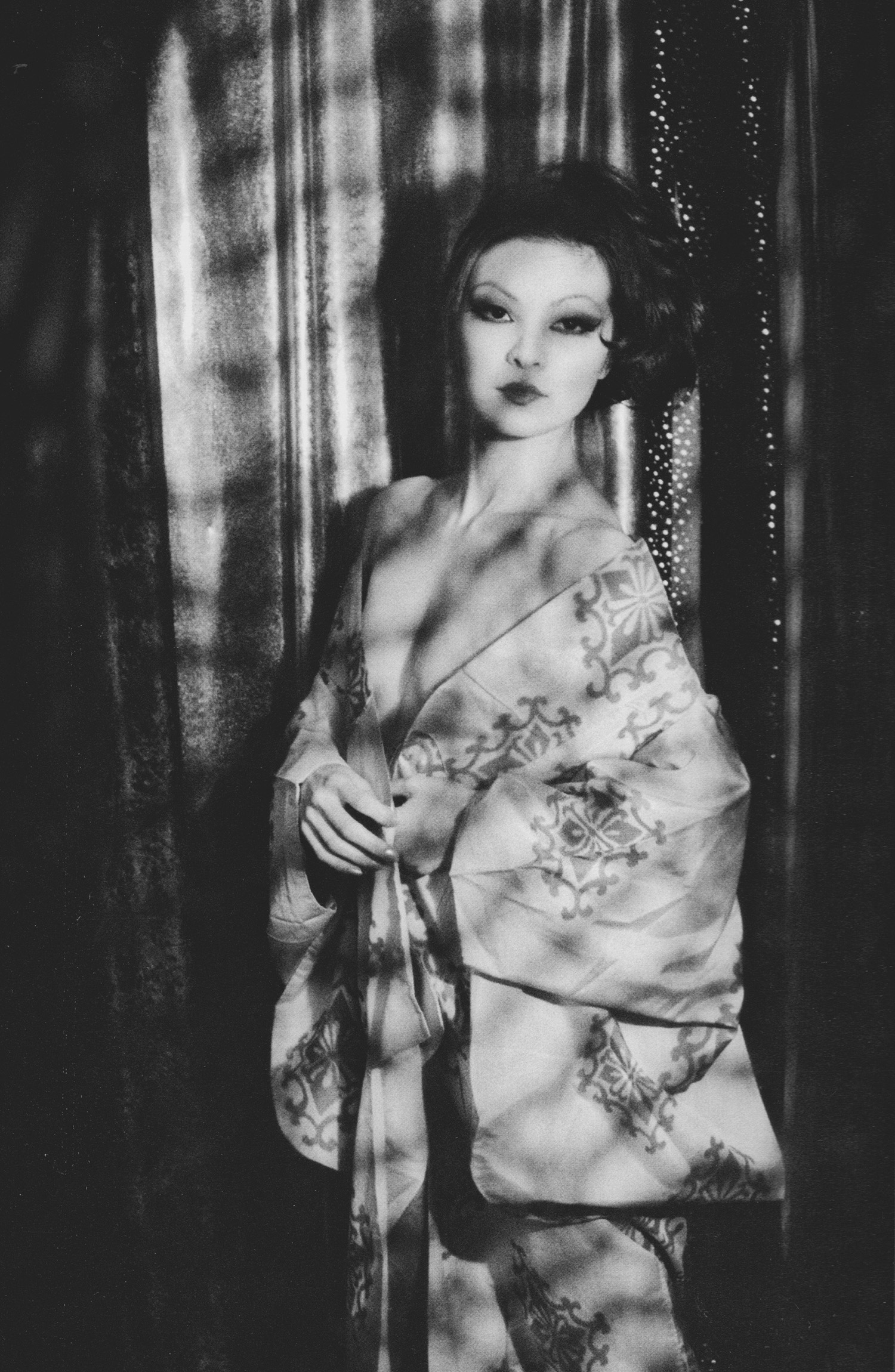
© Irina Ionesco - Arts Galerie Benchaieb

© Irina Ionesco - Arts Galerie Benchaieb
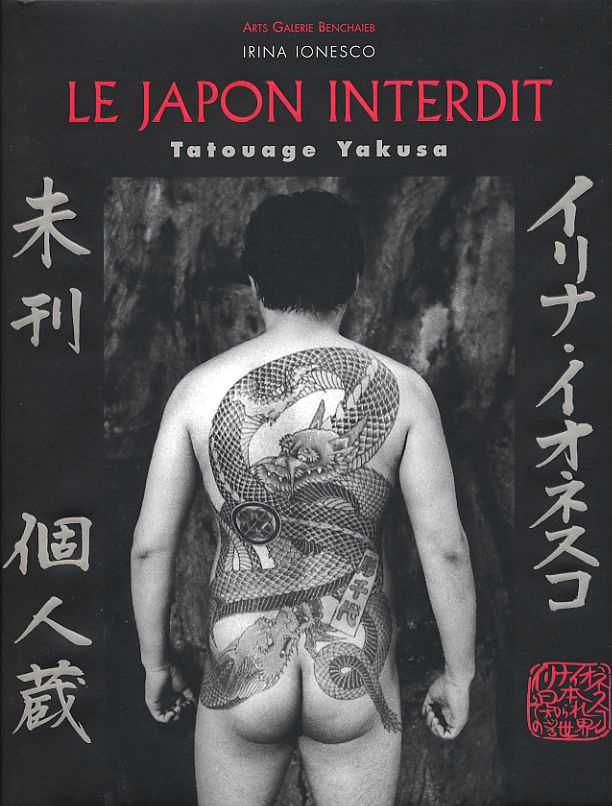
© 2004 arts Galerie Benchaieb. All rights reserved.
TRENDING
-
The Tattoos that Marked the Criminals of the Edo Period
Traditional tattoos were strong signifiers; murderers had head tattoos, while theft might result in an arm tattoo.

-
Paris, Tokyo: Robert Compagnon
With his co-chef and talented wife, Jessica Yang, Robert Compagnon opened one of the top new restaurants in Paris: Le Rigmarole.
 3:31
3:31 -
Chiharu Shiota, Red Threads of the Soul
Last year, more than 660,000 people visited the retrospective 'Chiharu Shiota: The Soul Trembles' exhibit at the Mori Art Museum.

-
‘Before Doubting Others, Doubt Yourself. Who Can Truly Say a Dish Isn’t What It Used to Be?’
In ‘A Non-Conformist’s Guide to Surviving Society’, author Satoshi Ogawa shares his strategies for navigating everyday life.

-
The Story of Sada Yacco, the Geisha who Bewitched Europe
Described by Dazed magazine as the first beauty influencer, she has been restored to her former glory since 2019.





